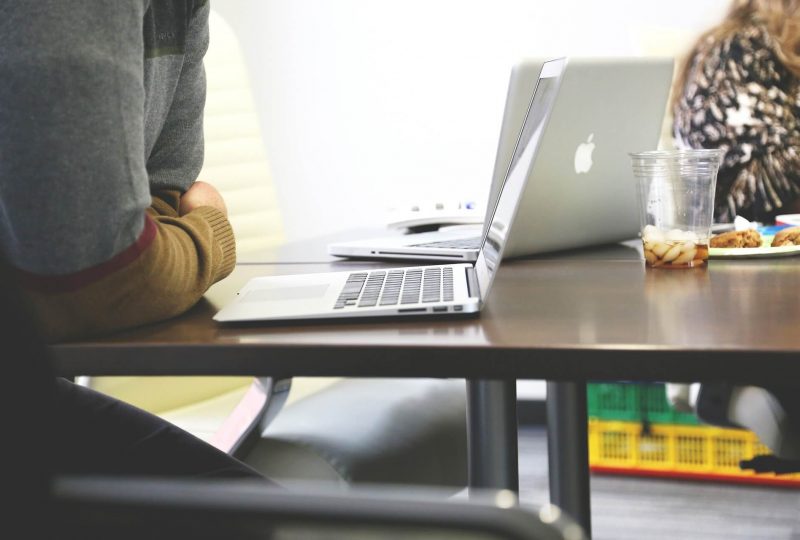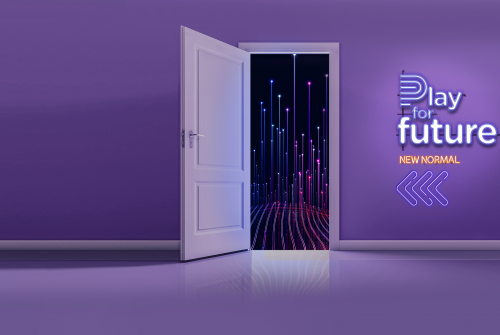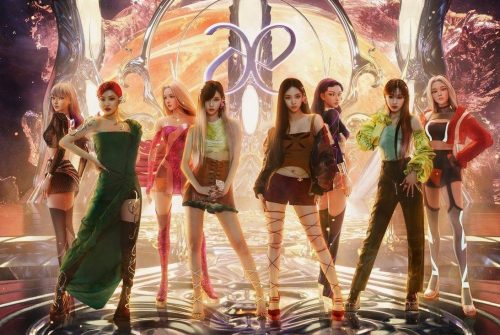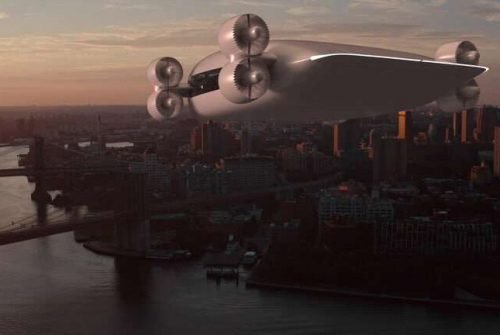The world of work is changing: how to explain it to children (but also to adults)?
25 July 2019 | Written by La redazione
Pino Mercuri, director of human resources at Microsoft Italy, spoke about it in the book "The future of work explained to my daughter". We interviewed him

The world of work is changing and it is important that the new generations are aware of the transformations taking place, to make the right choices in the present. Pino Mercuri, director of human resources of Microsoft Italy and father of three boys, between 14 and 6 years, it’s sure about it: it was precisely their questions and curiosity that led him to write “The future of work explained to my daughter” (Licosia editions), a book in which he offers ideas and shares reflections to face the challenges of tomorrow.
“Do not believe those who tell you that everything is predefined and taken for granted: the possibility of shaping the future is in your hands”. Pino Mercuri
In the children’s imagination, the parents’ office is often comparable to a magical place and their work is a source of pride and inspiration. But how do we explain to our children that perhaps in 2050 offices will no longer exist? And above all are they aware of the fact that they will be “forced” to study for life? Fedra Fumagalli, Impactscool’s Future Activist, interviewed him for our Magazine.
For work, you deal daily with professionals and managers, with whom you share languages, knowledge, the vision of things… Why then a book on these issues, often complex even for adults, dedicated to children?
It’s something that happened quite randomly: one day Ilaria, my daughter, came to my office and started asking me endless questions. She had many curiosities and from there many hints were born, which I then carried on with her and her brothers over time and from which the book was born.
In fact, it would have been easier to turn to people with a few more years and above all greater experience and knowledge of the issues in question. At times, however, diversity generates richness and confronting oneself with his own children, in my case Gabriele of 14, Ilaria of 11 and Michele of 6 years, gives you a way to see things from a different perspective and value, ideas and situation that you would not have considered and also leads to challenge your initial ideas.
As a parent who has caught and picked up the signs of the future in the book, what indications would you give to parents who wonder how to help their children to be future proof in the workplace?
First of all, it’s important to make them understand the value of continuous learning. It happened to me to make presentations in schools, telling the contents of the book, and what I always tell the kids is that they face a future that is certainly splendid and that is up to them to try to make the best of it. It is important that they are aware that the possibility of shaping the future is in their hands: we must not believe those who say that everything is predefined and taken for granted.
On the one hand the boys have huge opportunities, on the other hand, however, to seize these opportunities they will have to continue to learn and update themselves: in this historical period, the obsolescence of skills is measured even in months! Curiosity and constant desire to question oneself will be fundamental elements to be successful in their profession.
In addition to parents, the world of school plays a fundamental role in preparing young people for the challenges of their future. In your opinion, should the education and training system, in general, be changed, and if so how, to prepare people for the future of work?
I believe that our education system forms excellent students. This I have often seen in my work when I found myself selecting new graduates from different countries: young Italian always rank very well in the various tests and this is thanks to our school system. But there are also some things that don’t work or could work better.
For example, there is still too much space for knowledge, information in the strict sense, which is increasingly readily available and “reachable” in our age and therefore is less useful. Little importance, instead, is given to the comparison, to the participation, to the conception, to the group work. There are positive examples of realities that are going in this direction, but for now, they are isolated cases. Therefore, while reiterating that our school system is on average a good system, it is important to emphasize that there is a great difference between the different schools: this aspect deserves particular attention because it means that the possibility of accessing or not a school will have an impact on the future of children, creating or accentuating social inequalities.
We mentioned continuing education, Long Life Learning: how do you imagine it? Who should be responsible for these paths?
I am convinced that the responsibility for continuing education must start from the individual: people must constantly ask themselves if they are learning the right and the necessary. But it cannot fall entirely on individuals: schools, organizations, states, all are jointly responsible and must do their part. Organizations, for example, must, first of all, build a culture of continuous learning: it is a social responsibility towards their employees, to which they must offer the tools for long and effective learning to take place effectively. The responsibility of the State, instead, is to continuously fine-tune, intervene in the school world to maintain or build the excellence of the training system: in this case too it is necessary to invest but I am convinced that focusing on education is the best investment for the success of the Country System.
In Impactscool we work with Future Thinking methodologies and distinguish between possible, probable and desired futures. What kind of future does the future of work tell in the book?
It depends on individual cases. But in general I believe it is possible to think of a positive future: very often the narrative is negative about the future of work. But I carry a different perspective of which I am very convinced: all the previous industrial revolutions have taught us that these changes have always been “positive” and the digital transformation will be no exception. Certainly, jobs will disappear, but those that will be created will be in greater numbers and with greater added value, more interesting, less boring, safer. This is not the future: it is already happening. I give a concrete example with respect to these new jobs: one of the last selection requests is for an artificial intelligence coach who will have the task of making the AI capable of being more empathic in the relationship with mankind.
What risks do we need to avoid so that we can truly achieve “the best of possible futures”?
We have already touched the theme of continuous learning: this is the fundamental point. The second reflection is linked to the previous one: the approach must be humble and at the same time curious. When you do not have all the answers, they must be searched and created: going in search of knowledge, without having the presumption of knowing everything, is certainly important for building the best of possible futures.
Curiosity is the basis of this process, just as your daughter’s curiosity is at the base of the book. In “Welcome to 2050”, Cristina Pozzi imagined that in the future every person will have a curiosity rating, able to measure the ability to learn continuously. From what elements should this rating be built?
I imagine three elements: the first is the number of questions a person asks and thinking of my children this is certainly an aspect that very much distinguishes the curiosity of the youngest. The second is the resilience with which these questions are asked: if an answer does not fully satisfy it, it is right to propose it again, in different moments and situations, because this signals a desire to know and to know not only at a superficial level. The third is a somewhat more sophisticated element, namely the sincere curiosity of a question: knowing how to ask the question in an authentic and genuine way, not to put the interlocutor in difficulty or to show their competence, is fundamental to put at ease the other person, to have his collaboration and therefore the answer we were looking for.
The parents’ office has always been a “magical” place for the children. In the future, however, there may be no more: how will the workplace change?
It is a theme that I also deal with in the book, starting from a successful episode with my son: even for the youngest, work is still “a place to go” and not “something you do”, so for them, the idea of working from home means doing something not very important. But this concept will gradually diminish and there are already cases of companies that have hundreds of employees but no physical location. This is definitely an extreme: I believe it will always be important to have a physical place to refer to but it will be more of a “HUB” where you can go when you need to do some activities while the office as it is understood today will definitely be less and less present.
To those who find themselves having to enter the world of work now or very little, so not in 10 or 15 years like the children you turn to in the book, what do you mean?
I would tell them to keep a slightly cross-eyed look. Let me explain better: on the one hand we have an eye focused on a shorter time horizon, to identify useful knowledge, skills, and abilities precisely today in the world of work. But with the other eye looking far ahead, dedicating quality time to learning things that may not be needed immediately but that will be important in the medium and long term.





